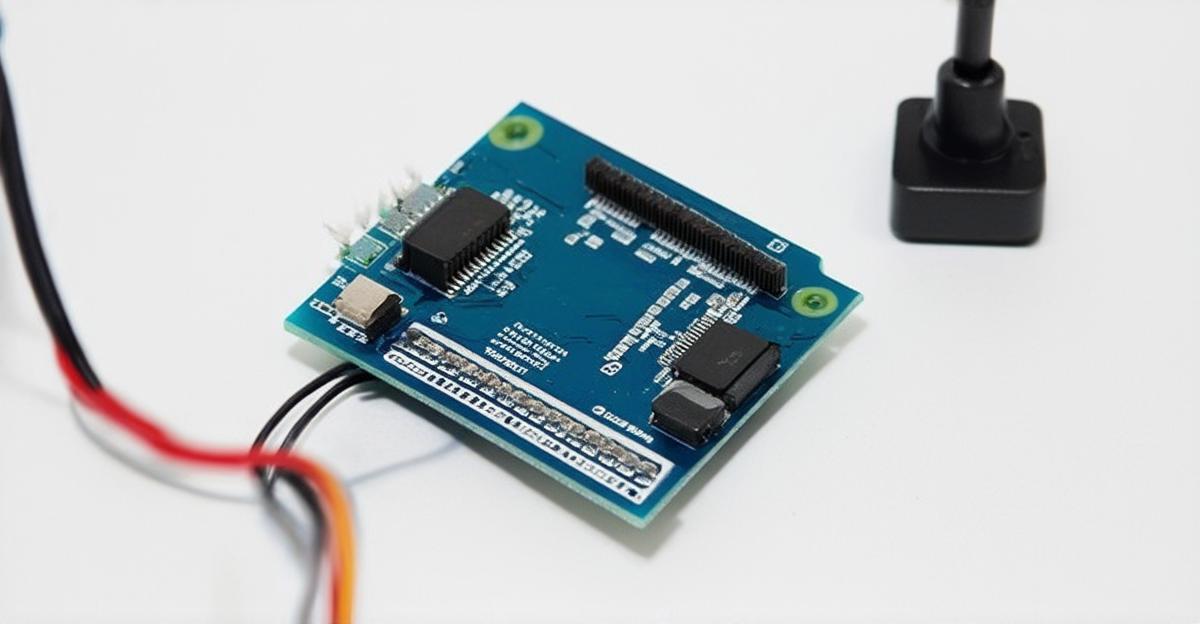Chinese researchers have achieved remarkable progress in brain-computer interface (BCI) technology, demonstrating the ability to decode human thoughts and speech in real-time. This advancement places China at the forefront of global BCI research, potentially revolutionizing the fields of neuroscience and medical technology.
Decoding Thoughts and Speech
Chinese startup NeuroXess recently announced two significant clinical trial milestones [1]:
- Their flexible BCI device successfully decoded the precise intended movements of a patient with a brain injury in real-time.
- The same technology decoded Chinese speech in real-time for another patient.
These achievements mark a significant leap forward in BCI capabilities, particularly in the complex task of decoding the tonal and logographic Chinese language.
Clinical Trials and Patient Success
World's first! A Chinese company on Thursday reported two significant clinical-trial milestones: its flexible brain-computer interface (BCI) device successfully decoded the precise intended movements of one patient with a brain injury in real time, and decoded Chinese speech in… pic.twitter.com/dpVGkTdvZa
— People's Daily, China (@PDChina) January 3, 2025
The clinical trials, conducted at Huashan Hospital affiliated with Fudan University, involved implanting a 256-channel, high-throughput flexible BCI device into patients [1]. One notable case involved a 21-year-old female patient with epilepsy who had a space-occupying lesion in the motor area of her brain.
Key outcomes of the trials include:
- The patient successfully engaged in computer games through brain control within 48 hours of the procedure.
- After two weeks of training, the patient could operate common smartphone apps and control smart home systems using only her thoughts.
- In a separate trial focusing on speech decoding, a patient achieved 71% accuracy in decoding 142 common Chinese syllables within five days of implantation [2].
Technological Innovations
The NeuroXess BCI device utilizes advanced features:
- Extraction of electrocorticogram (ECoG) features from the high-gamma band of brain signals.
- A neural network model trained to decode these features in real-time.
- System latency under 60 milliseconds, allowing for near-instantaneous response.
- Single-character decoding latency of less than 100 milliseconds for speech decoding [2].
Broader Implications and Future Applications
This research opens up numerous possibilities for BCI technology:
- Medical Applications: Potential treatments for conditions like paralysis, speech disorders, and other neurological impairments.
- Human-Computer Interaction: New ways of interfacing with digital devices and smart environments.
- Communication: Enhanced methods for individuals with speech or motor impairments to communicate.
China’s BCI Research Landscape
China has been rapidly advancing in BCI technology, catching up with and potentially surpassing Western counterparts in some areas. The country’s approach to BCI research is characterized by:
- A strong focus on both invasive and non-invasive BCI technologies.
- Integration of BCI research with artificial intelligence and machine learning.
- Exploration of cognitive enhancement applications for healthy individuals [3].
Ethical Considerations
As BCI technology progresses, ethical guidelines become increasingly important. In February 2024, China’s Ministry of Science and Technology announced “Guidelines for Research Ethics in Brain-computer Interface” [3]. These guidelines emphasize:
- Scientific soundness and beneficence in research protocols.
- Protection of subject autonomy and privacy.
- Minimization of harm and fair distribution of research benefits and risks.
Conclusion
China’s recent advancements in BCI technology represent a significant milestone in neuroscience and biomedical engineering. As research continues, the potential applications of this technology in healthcare, communication, and human-computer interaction are vast and promising. However, careful consideration of ethical implications and responsible development will be crucial as this technology evolves.
References
[1] China Daily. (2025, January 3). Brain-computer interface makes breakthrough by deciphering Chinese speech in brain. Retrieved from https://www.chinadaily.com.cn/a/202501/03/WS67774792a310f1265a1d8ca2.html
[2] News18. (2025, January 3). China Invents Mind-Reading Machine, Can Decode Thoughts In Real-Time. Retrieved from https://www.news18.com/viral/china-invents-mind-reading-machine-can-decode-thoughts-in-real-time-ws-ab-9176099.html
[3] Poo, M. (2024). China’s new ethical guidelines for the use of brain–computer interfaces. National Science Review, Volume 11, Issue 4, April 2024, nwae154. https://academic.oup.com/nsr/article/11/4/nwae154/7668215








